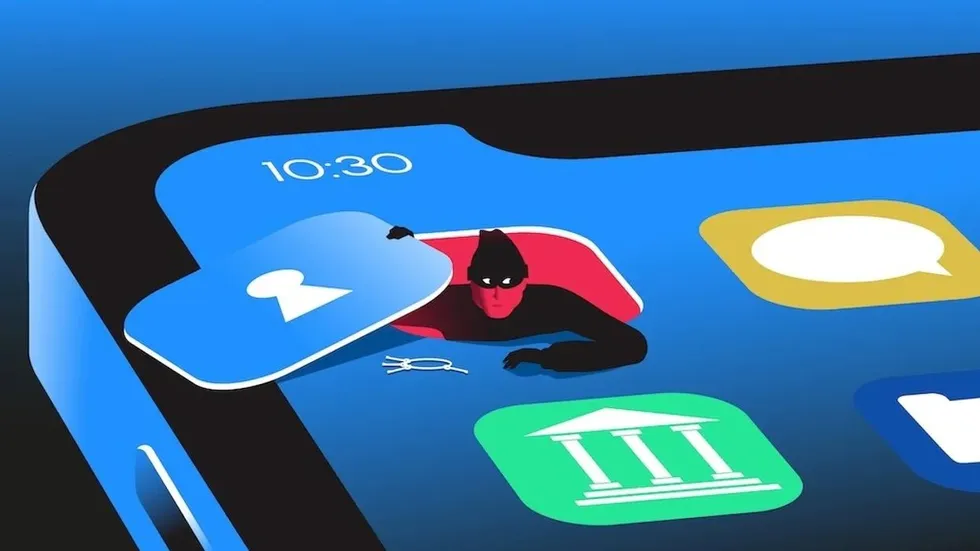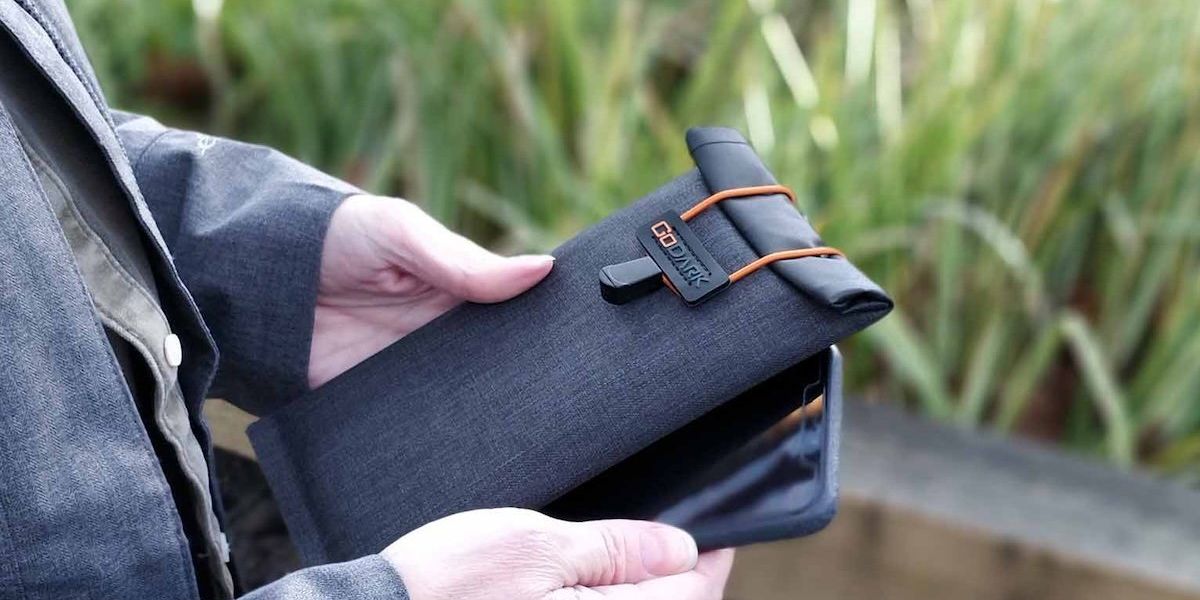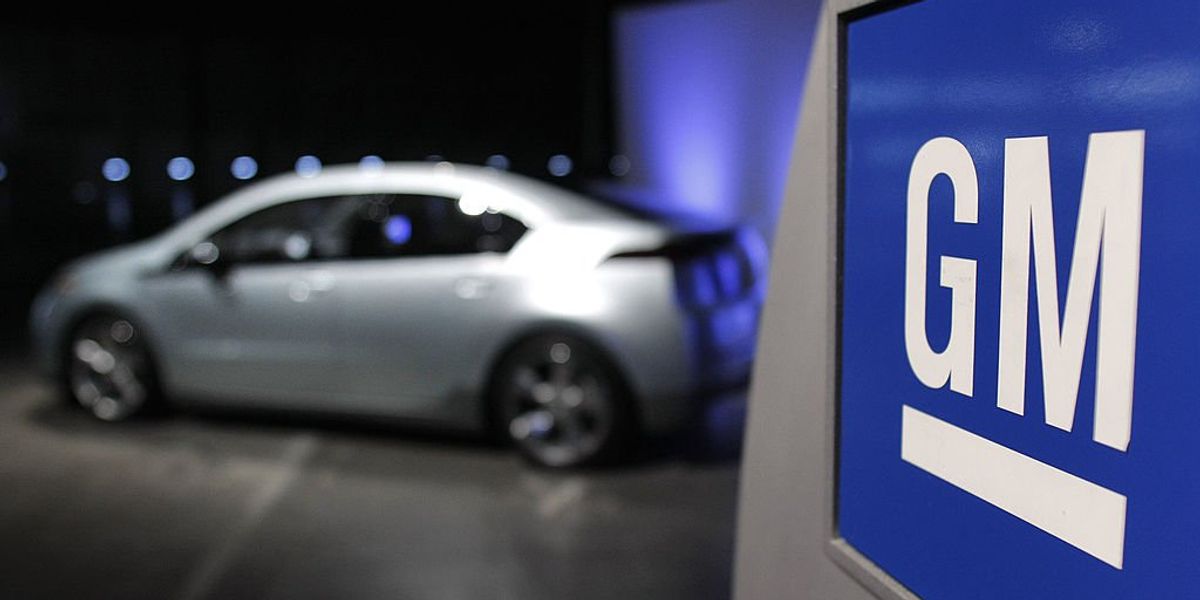Funny how you never hear anyone say, “I really wish I spent more time on my phone.”
In a world that requires us to spend an increasing amount of time in front of screens, we’re all looking for ways to unplug. Products and services claiming to help us do this have become their own rapidly expanding market.
Faraday bags have many uses: protection against EMP attacks, eavesdropping, GPS tracking, and meddling NSA operatives.
There are more apps dedicated to this endeavor than can possibly be categorized, but they all have one thing in common: They all live on the very device you’re hoping to escape.
Apps can be helpful, of course — provided you have sufficient willpower. I don’t, which is why I’ve started to employ a simple, low-tech solution to keep me off my phone: a Faraday bag.
Secure the bag
What is a Faraday bag? Put simply, it’s a bag that prevents any electromagnetic fields from going in or out. That’s really it. Not only will it prevent all calls, texts, and emails from reaching your device, it will disable its GPS and bluetooth. In other words, total lockdown.
Once you retrieve your phone from its prison, everything you missed pops up just as if you’d turned it on after leaving it off for a while. Which raises the question: Why not just turn your phone off and save yourself the money?
Well, the bag has the advantage of not making you wait for your phone to boot up again before you can use it, and it also has the psychological advantage of keeping the phone out of sight. In my experience, staying off social media for an evening is much easier when the phone isn’t sitting on my desk, calling to me like Norman Osborn’s Green Goblin mask.
‘Coward! We have a new world to conquer!” (Michael Tullberg/Getty Images)
Slipping my phone and laptop into the bag and sealing it shut have really helped with the mental side of minimizing distractions. “Out of sight, out of mind,” as the saying goes.
Set it and forget it
Faraday bags have many uses: protection against EMP attacks, eavesdropping, GPS tracking, and meddling NSA operatives, for example. I don’t doubt that they are quite useful in that world, but I’ve found that simply using them to mentally unplug for a while has been worth the investment.
Speaking of investment, you’re probably wondering about the price tag on one of these bags. You can pick one up from MOS Equipment for $23, or $90 if you want it to fit your laptop as well. The other brand I’ve used is GoDark. Their bags go for $55 if you just want to stow your phone, or $130 for the laptop size. GoDark products, though more expensive, have the benefit of some waterproofing, more premium materials, and more convenient closures. Having used both brands, I haven’t noticed any difference in actual EMF blocking.
RELATED: The real spyware threat could be in your pocket

A one-time investment
I have been warned to avoid cheap bags off of Amazon or other generic sellers. If you want a bag that will work reliably, it’s best to stick with established brands. The cost is certainly something to consider, but for many folks, a one-time purchase that will consistently help them to focus and save time is probably worth the investment.
Are you working on a bit of writing and can’t seem to focus? Put the phone in the bag, leave it under the desk, and lock in for a couple hours. Having trouble sleeping? Putting the screens away for 30 minutes before turning in has been shown to improve sleep quality. My preferred method is to put my devices into the bag before starting the bedtime routine. How will you set your alarm? Clocks are easy to find, quite cheap, and come in all shapes and sizes.
Try it for a week, and thank me later. Having tried different screen-time apps and digital timers, I’ve found that the best solution is to go as low-tech and simple as possible. Plus, if you do find yourself on the run from the NSA, the Faraday bag you’ve already got gives you a head start on gearing up for life off the grid.
Read the full article here









![Former NBA All-Star Indicted in Gambling Ring Tied to Israeli Mobster [WATCH] Former NBA All-Star Indicted in Gambling Ring Tied to Israeli Mobster [WATCH]](https://www.drewberquist.com/wp-content/uploads/2022/04/2022.04.16-01.55-drewberquist-625acae19e54b.jpg)


![‘The Democratic Party is Total and Complete Garbage…’ [WATCH] ‘The Democratic Party is Total and Complete Garbage…’ [WATCH]](https://www.lifezette.com/wp-content/uploads/2025/08/2025.08.02-09.50-lifezette-688ddf5c71156.jpg)